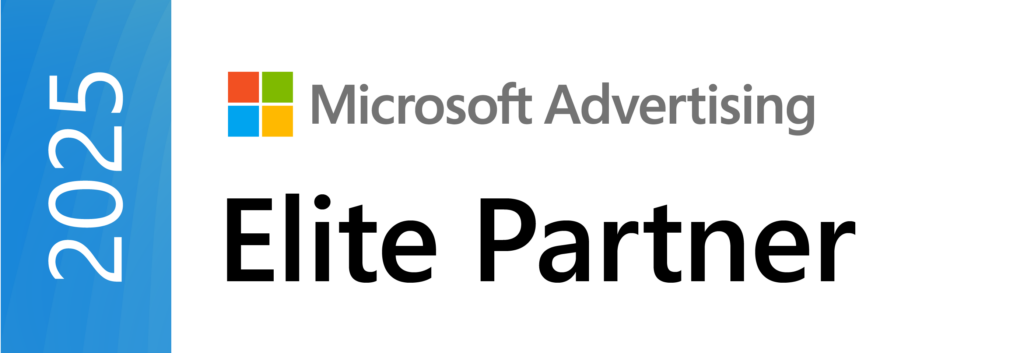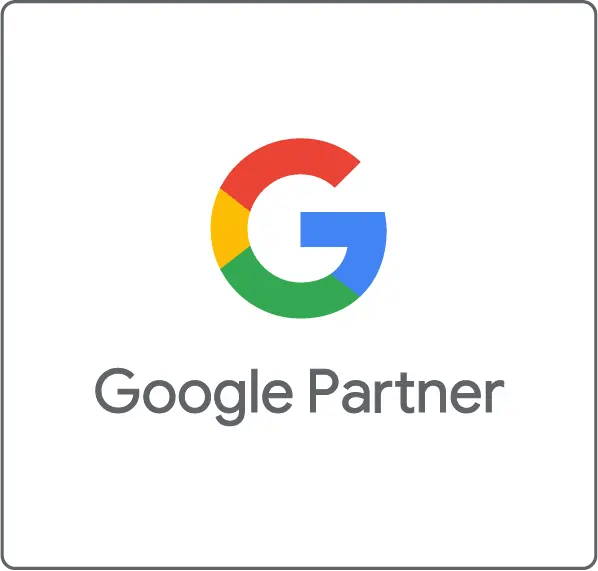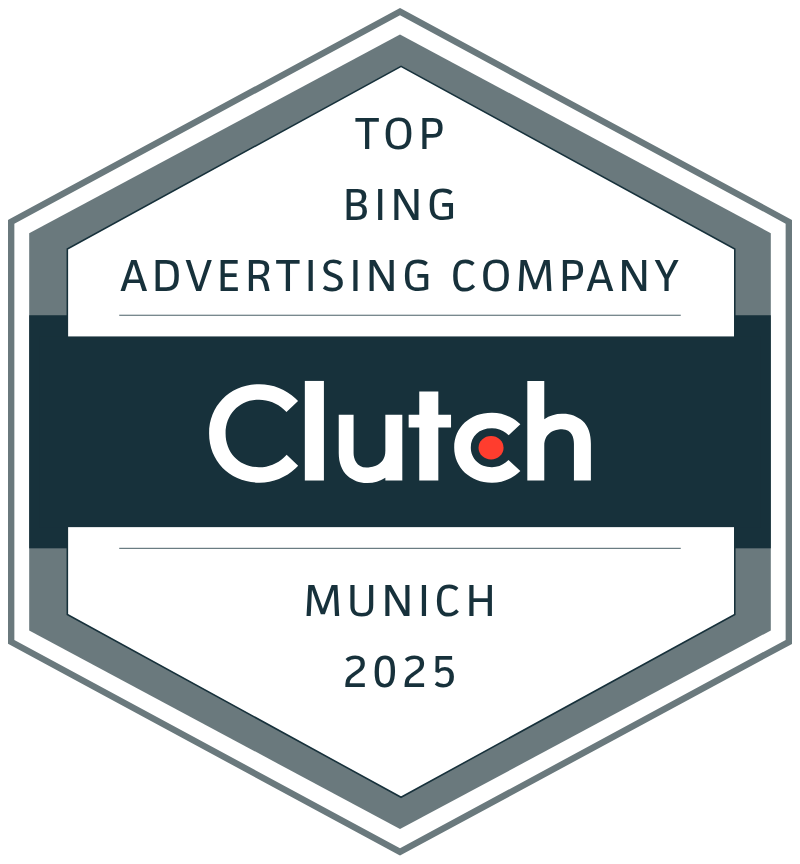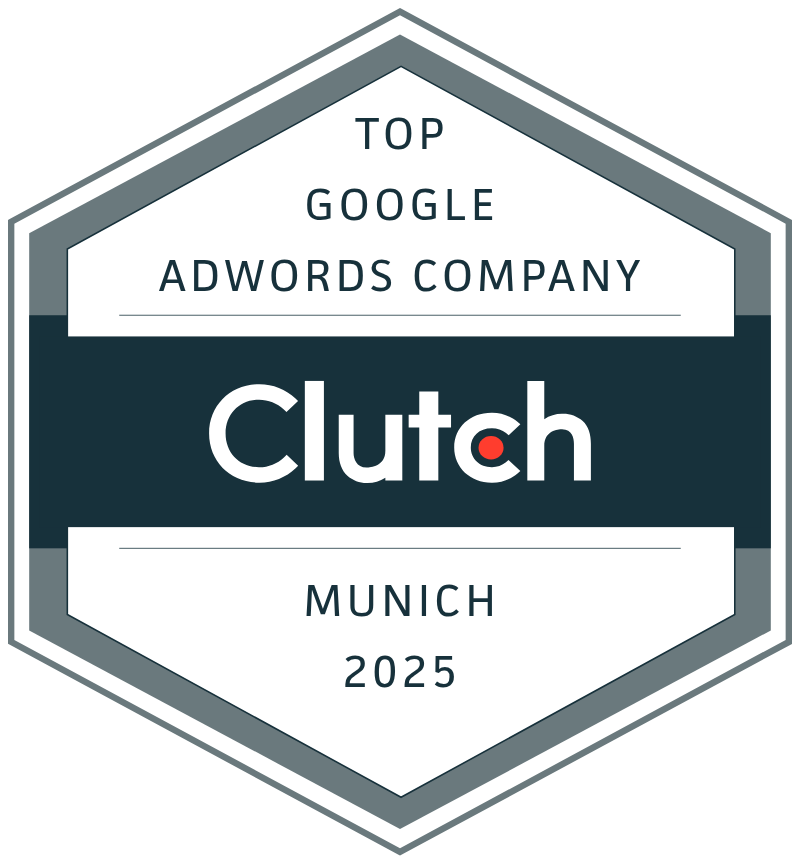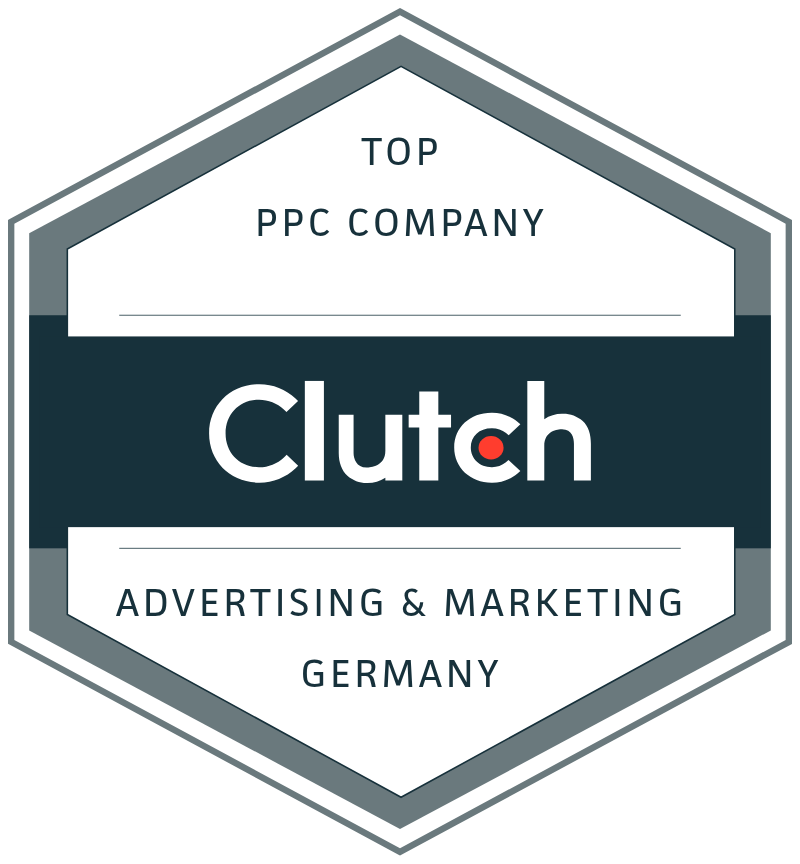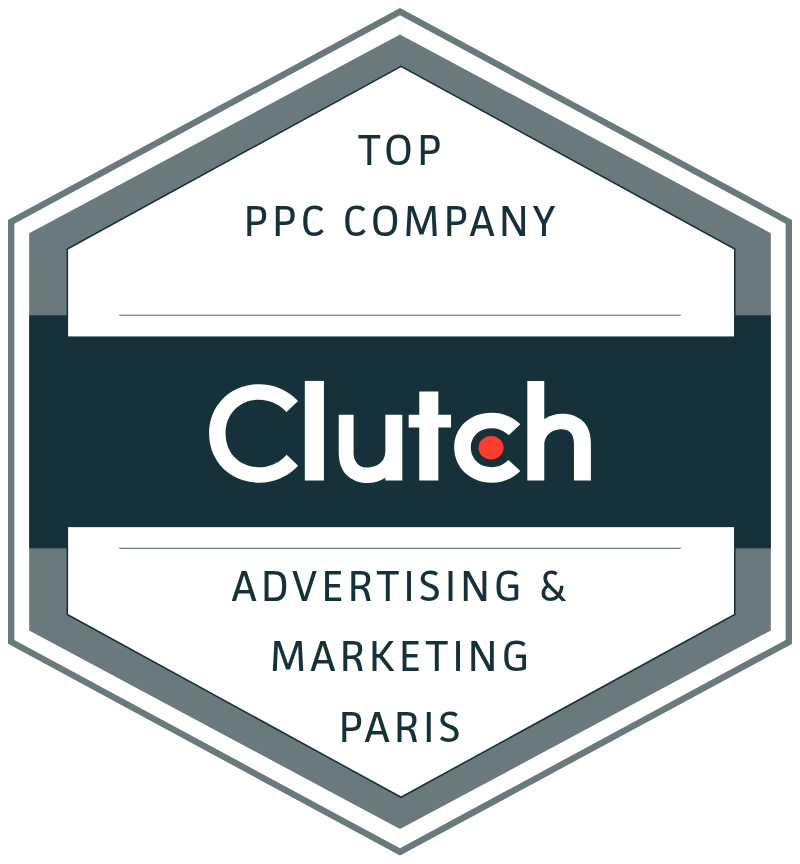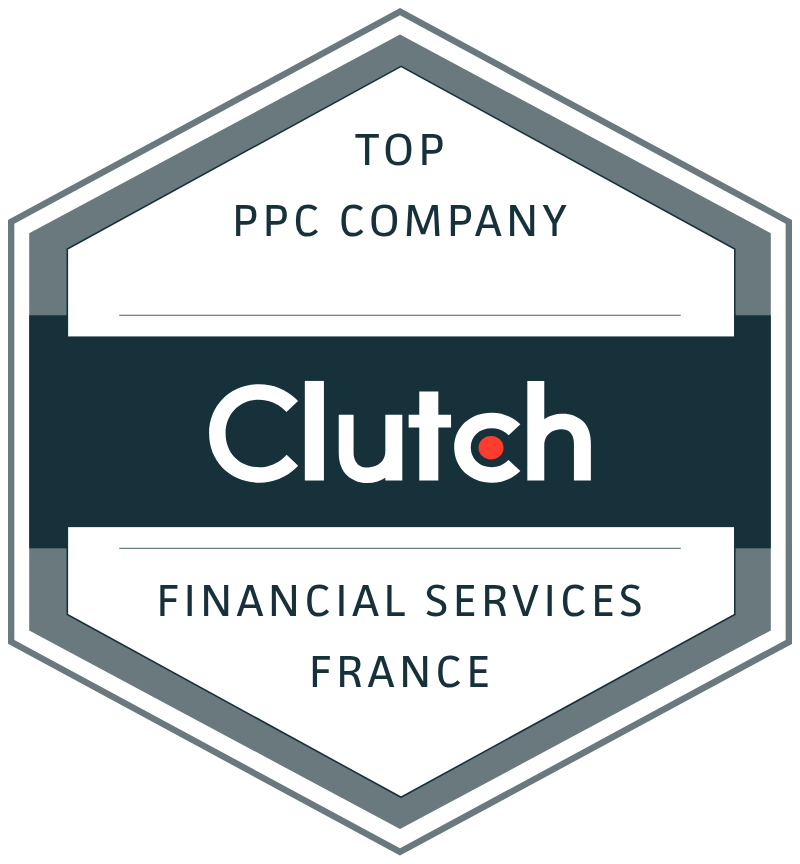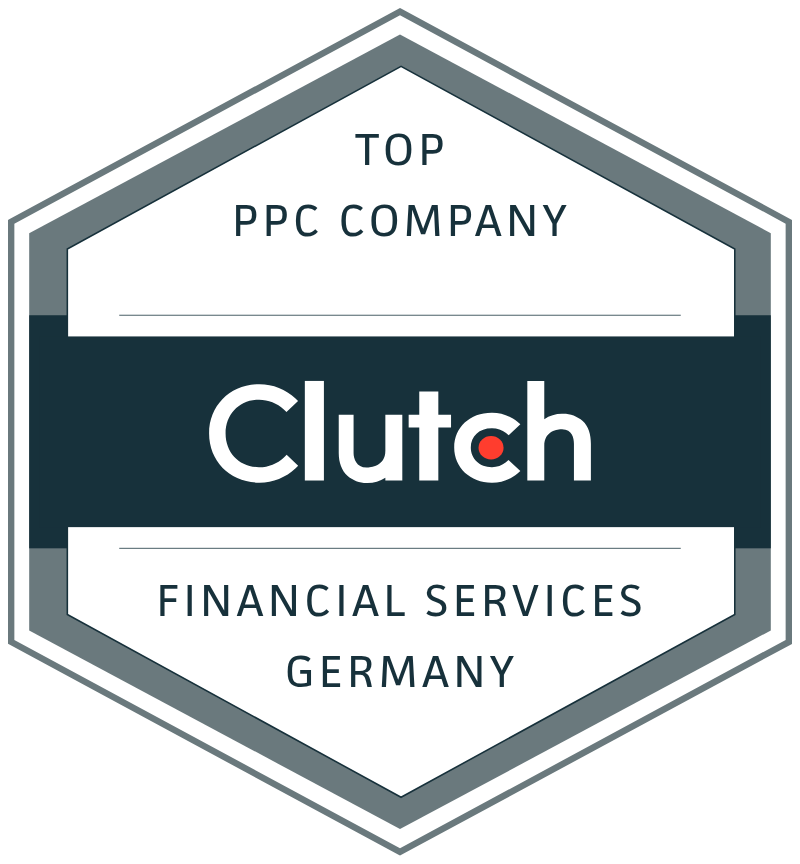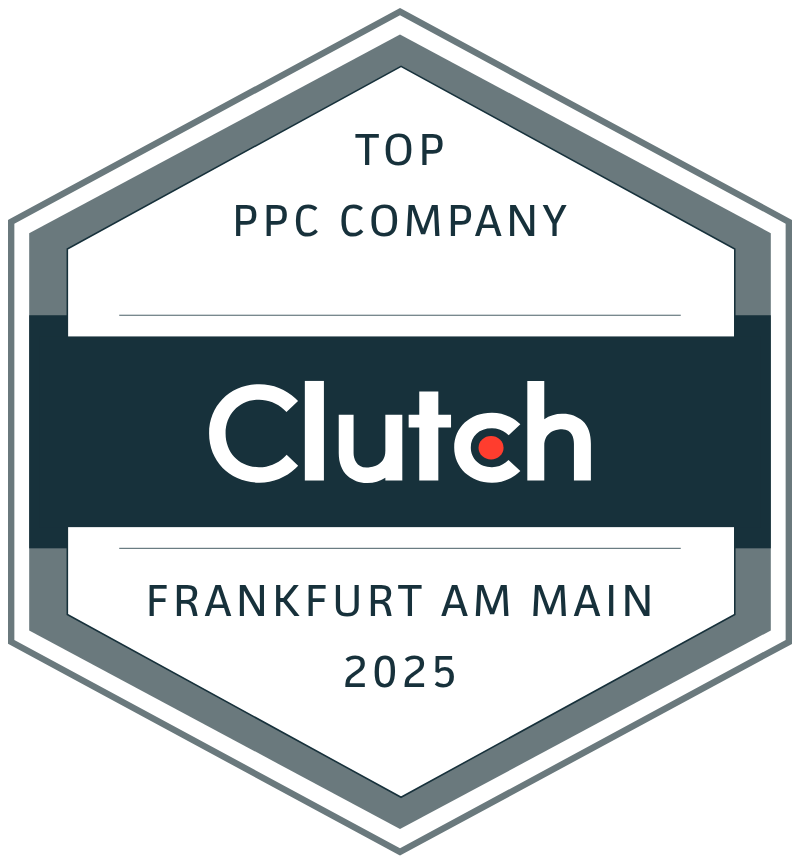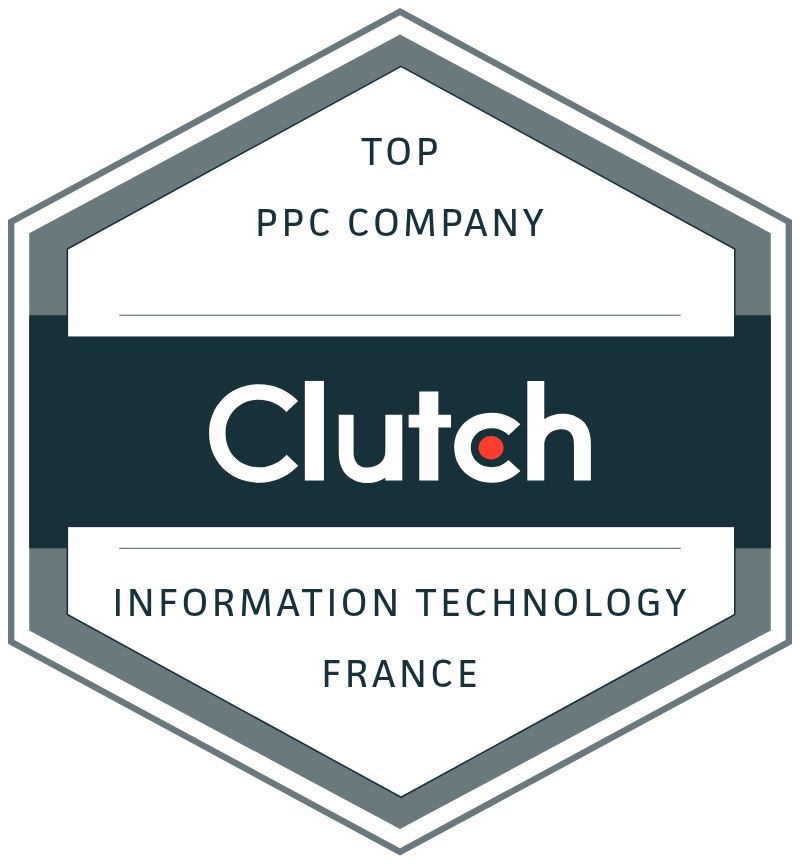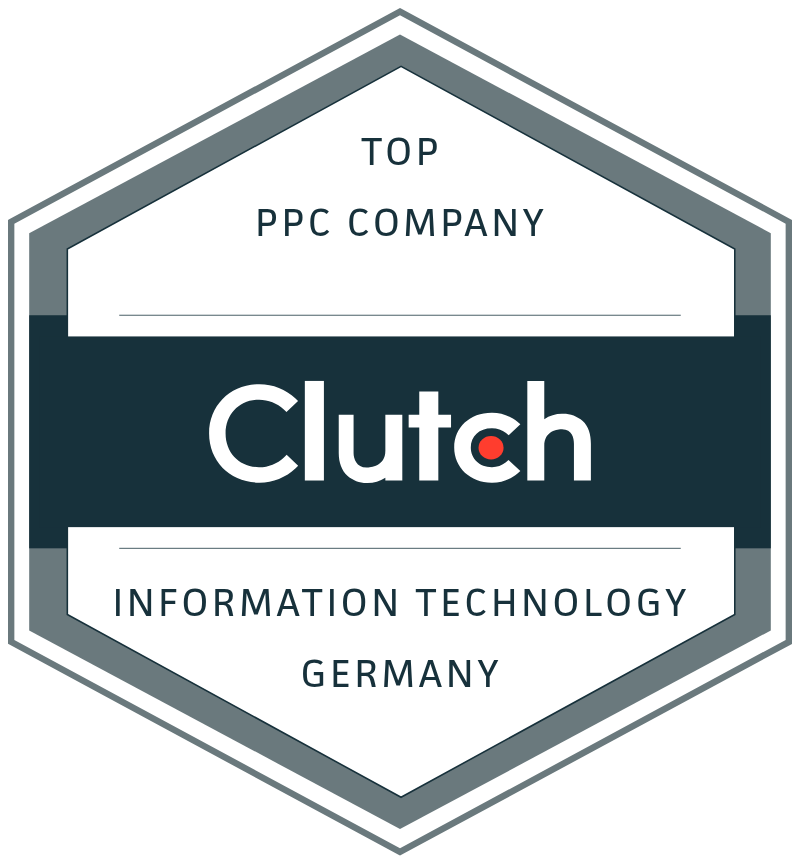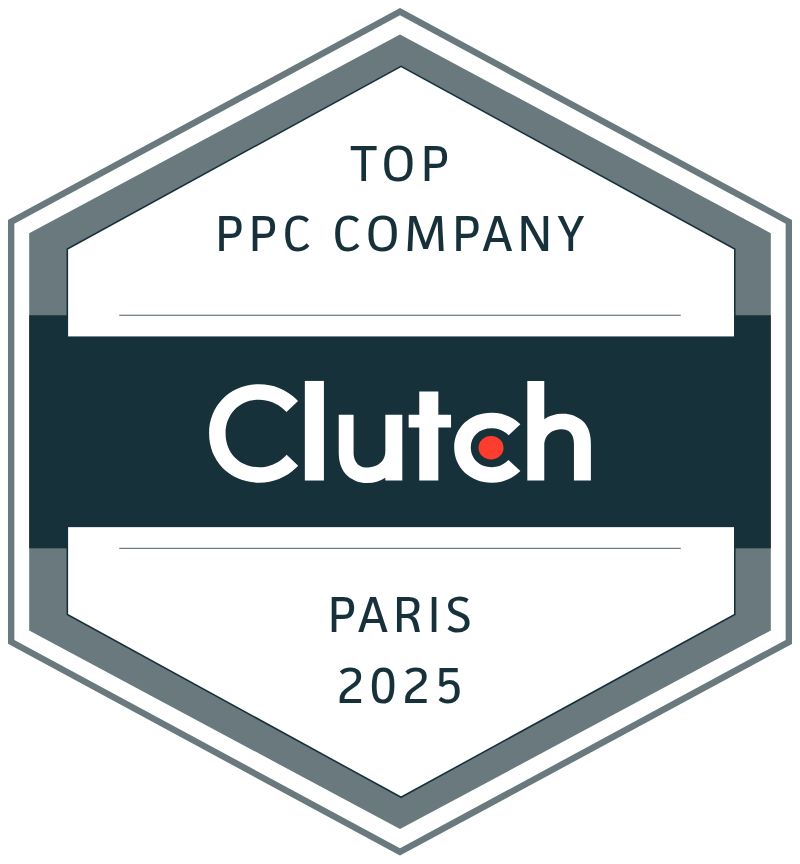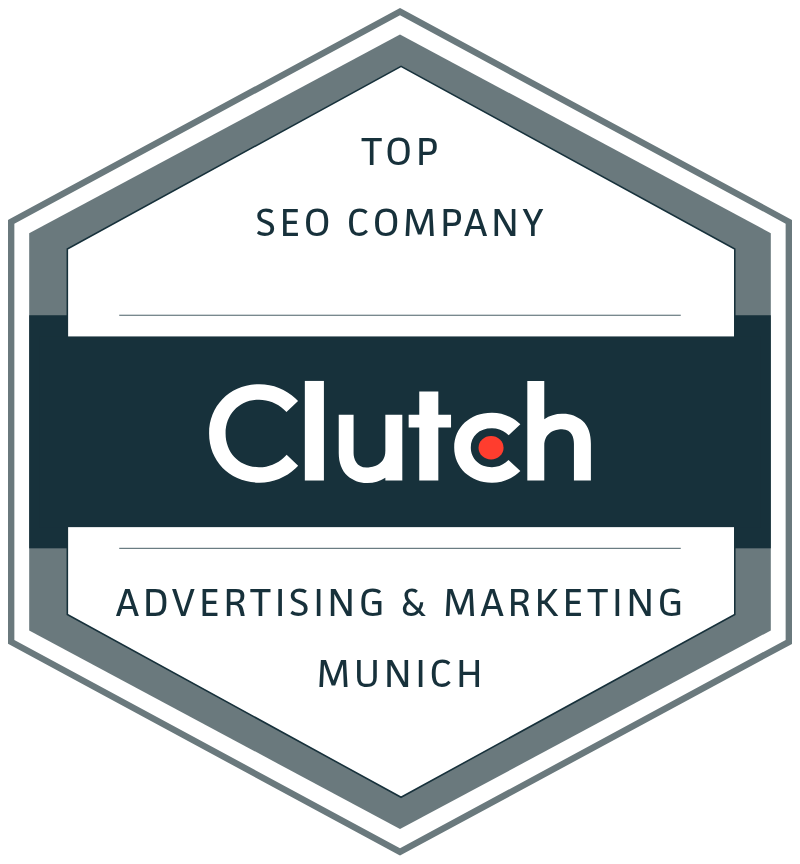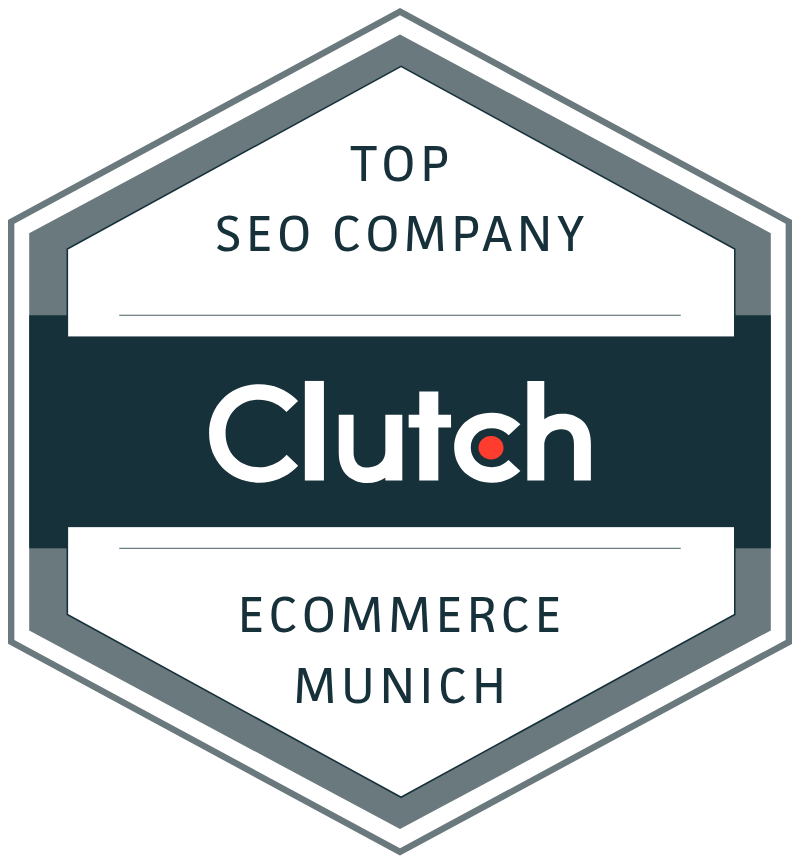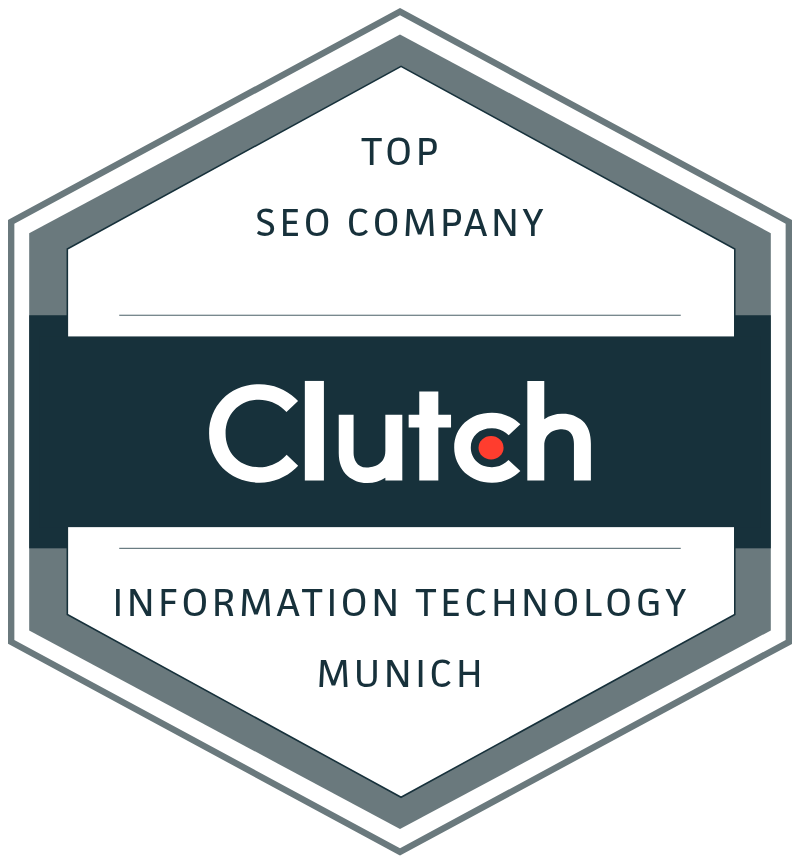Introduction
The rise of artificial intelligence in marketing has transformed how campaigns are optimized. In this AI-driven advertising world, success isn’t just about getting more clicks or conversions – it’s about driving valuable outcomes. Enter Value Based Bidding (VBB), a strategy quickly becoming the secret weapon for savvy marketing leaders. VBB shifts the focus from sheer volume to the value of each conversion, aligning ad spend with what truly impacts the business’s bottom line. Instead of treating all conversions equally, VBB lets advertisers bid more for prospects or sales that are worth more, prioritizing profitability over simple conversion counts. This thought leadership piece explores what VBB is, how it leverages AI and machine learning for superior results, and why marketing leaders should make it a priority in their paid media strategy.
What is Value Based Bidding and How Is It Different?
Value Based Bidding is an advanced bidding approach that optimizes for the true business value of conversions rather than just the quantity of conversions. In traditional bidding strategies – for example, a Target CPA (cost per acquisition) or “Maximize Conversions” bid – every conversion is treated the same, with the algorithm simply trying to get as many conversions as possible within a budget. This can lead to lots of low-quality leads or low-dollar sales because the system goes after the “path of least resistance” to hit volume goals. Not all conversions are created equal, and traditional bidding fails to account for that.
VBB, on the other hand, assigns monetary values to different conversion actions based on their importance or revenue impact, directing the algorithm to optimize for higher-value outcomes. For example, a software company might value a demo request more than an eBook download, or an e-commerce retailer might bid higher for a customer likely to spend $500 versus one who spends $50. By feeding these values into the ad platform, VBB tells the system “focus on what makes us the most money, not just the most conversions.” Unlike traditional maximization tactics that chase conversion volume, VBB measures success in actual ROI and revenue. It aligns bidding with financial goals – Google’s and Meta’s algorithms will automatically prioritize campaigns and audiences that yield the highest total conversion value for your spend. In short, VBB moves marketers from a one-size-fits-all cost focus to a nuanced strategy of quality over quantity, ensuring each conversion counted is actually contributing meaningfully to growth.
Aligning VBB with AI and Machine Learning
Modern advertising platforms have heavily incorporated AI and machine learning into their bidding systems. This is great news for value-based strategies – if you give the algorithms the right goal. VBB essentially harnesses AI to pursue what your business actually cares about (revenue, profit, high-LTV customers) instead of proxy metrics.
In Google Ads, for instance, Smart Bidding algorithms use machine learning to analyze dozens of signals (device, timing, user behavior patterns, etc.) in every auction and adjust bids in real-time. When you switch to a value-based goal like Target ROAS (Return on Ad Spend) or Maximize Conversion Value, Google’s AI will “focus on the total conversion value and quality of people who see your ads”. Rather than simply getting a conversion, the system tries to predict how much that conversion is worth and allocate budget accordingly. Google’s algorithms look at historical data and user signals to predict future conversion value, dynamically bidding higher for searches or audiences likely to generate more revenue. Over time, the machine learning model becomes very adept at spotting patterns that lead to big sales or the most valuable leads, and it funnels spending toward those opportunities. In essence, AI supercharges VBB – the better the data (e.g. accurate conversion values) you feed it, the smarter the bidding optimizations become, resulting in more profitable campaigns.
Over on Meta’s platforms (Facebook/Instagram), it’s a similar story. Meta offers a feature called Value Optimization for conversion campaigns, which explicitly uses machine learning to maximize the ROAS of your ad spend. As Meta explains, “when you optimize for value, we use machine learning to predict how much return on ad spend a person may generate. We then use this prediction to bid for your highest value customers”. In practice, Facebook’s algorithm will show your ads more to people who are not only likely to convert, but likely to spend more when they convert. If an online shopper who typically spends $200 is browsing, the AI bids more aggressively than for a shopper who might spend only $20. The outcome is that you get fewer low-value purchases and more high-value ones – perhaps fewer total conversions, but higher total revenue and profitability. Advertisers find this enormously helpful for improving campaign ROI: for example, one gaming company used Facebook’s value optimization tool and saw a 53% increase in return on ad spend by targeting users predicted to be higher spenders. This is AI working hand-in-hand with a value-first strategy.
Even LinkedIn Ads – a platform primarily for B2B marketing – is evolving to leverage value-based principles with its machine learning. LinkedIn’s campaign system optimizes towards the objectives and conversion events you define, and it now allows advertisers to import offline conversion data (like CRM data on closed deals and revenue). By doing so, LinkedIn’s algorithm can connect the dots between an ad click and a later sale, and it enables marketers to optimize for the metrics that matter, such as qualified opportunities or revenue, not just clicks or form fills. In fact, LinkedIn provides an Offline Conversions feature to feed your downstream sales results back into the ad platform. This bridges the gap so the AI can learn which ads actually drove revenue or pipeline, and then favor those patterns. As one LinkedIn expert put it, this feature lets B2B marketers “focus on leads that close, not just those who fill out a form,” refining ad targeting based on real business outcomes. The takeaway: AI-driven platforms are most effective when you point them toward true value. Value Based Bidding is the mechanism that makes sure the machines optimize for your KPIs (like revenue and profit) rather than vanity metrics.
Practical Applications in Google, Meta, and LinkedIn Campaigns
Google Ads (Search & Display): Google Ads has embraced VBB through its automated bidding strategies. The two flagship approaches are Maximize Conversion Value and Target ROAS. Maximize Conversion Value tells Google’s Smart Bidding to simply get as much total conversion value as possible within your budget (it will try to spend your budget where it can generate the most revenue). Target ROAS, by contrast, allows you to set a specific return-on-ad-spend goal (e.g. 500% or 5:1 ROAS), and the algorithm will adjust bids to hit that profitability target on average. Both strategies require tracking conversion values in your Google Ads conversion setup. E-commerce companies do this easily by passing the actual purchase revenue for each transaction into Google Ads. In fact, value-based bidding is standard practice for ecommerce – every purchase’s value is reported back to Google, and campaigns optimize according to ROI, allocating more budget to high-ROI products. For lead generation or B2B, implementing VBB means assigning proxy values or importing real sales data. Google Ads now allows you to set up Conversion Value Rules to adjust conversion values based on factors like audience, location, or device, reflecting what your business finds more valuable. For example, you might tell Google that leads from your target industries are worth 2× the normal value, or that a demo request = $100 whereas an eBook download = $10. These value rules give Google more precise signals, resulting in better-targeted spend and higher profitability from the algorithm’s real-time decisions. Additionally, Google’s Offline Conversion Import feature lets you feed actual revenue from your CRM (say, when a lead turns into a paying customer) back into Google Ads. Forward-thinking marketers are using this to great effect – for instance, service businesses can import the revenue of closed deals and have Google optimize for those dollars rather than just cost per lead. One PPC agency noted that this approach “aligns ad spend with actual business goals” by optimizing for revenue instead of a fixed CPA, and it provides a clearer picture of campaign effectiveness for strategic budget allocation.
The impact of applying VBB in Google Ads can be dramatic. Consider a real-world case study from a SaaS company that shifted from a flat CPA bidding model to value-based bidding: in A/B tests, campaigns using VBB (maximizing conversion value or target ROAS) saw conversion value increase 30% while ad spend only increased 20%, improving overall ROAS from 225% to 260%. In the same tests, the value-focused campaigns also managed to lower the CPA by 12% and boost conversion volume by 27% simultaneously. This illustrates an important point – by prioritizing high-quality conversions, you often end up driving more total value and even more conversions in the long run, because the algorithm finds pockets of efficient growth. Google’s own documentation and experts recommend that even lead gen advertisers adopt VBB once they have enough data, as it’s a “viable solution” to let the algorithm focus on higher-value leads and maximize true ROI. The key is to define your conversion values thoughtfully (consider lifetime value, profit margins, etc. for each lead or sale) and ensure you meet the volume thresholds (Google suggests ~30 conversions in 30 days) so the Smart Bidding AI has sufficient data to learn. When done right, value-based Smart Bidding on Google Ads becomes a powerful lever for efficient growth, letting you spend more on what makes you money and less on what doesn’t.
Meta (Facebook/Instagram) Ads: On Meta’s platforms, value-based bidding takes shape through the Value Optimization setting and the Minimum ROAS bidding option. If you’re running a Facebook Ads campaign with a Sales, Conversions, or App event objective and you pass a purchase value (or lead value) via the Meta Pixel, you can enable Value Optimization. Facebook’s algorithm will then actively predict each auction which user is likely to generate higher purchase value and bid more for those impressions. In other words, Meta is scoring people not just on likelihood to convert, but on likely value if they convert. This is driven by their machine learning models that consider things like a user’s past purchasing behavior, engagement, and even broader patterns (Facebook has a trove of data). The practical effect is that your campaign may reach fewer people than a standard conversion-optimized campaign, but they will be people Facebook thinks are big spenders or high-value customers. As Jon Loomer, a Facebook Ads expert, explains: Facebook’s Value Optimization helps you “reach people most likely to convert AND spend more than a typical customer” – for example, going after those $100+ purchases rather than a bunch of $10 sales. Advertisers who care about high profits and customer lifetime value find this immensely valuable. It’s one of the few ways to explicitly tell Facebook “I’d rather have one VIP customer than five low-value customers.” Of course, Meta requires a bit of data to make this work – usually at least 30 purchase events with value in the last week or so to become eligible – but many companies easily hit that, and once eligible, the option remains available. The results can justify the effort: companies have reported significant performance lifts. We already noted a 53% ROAS increase in one case by using value-based lookalike targeting for a game app. Another example from Meta’s own case studies is an e-commerce shoe retailer (“CUTESAUCE”) that tested value optimization and saw higher ROAS than their usual bid strategy, meaning their ads drove more revenue per dollar spent after switching to value-based delivery. In practice, Meta’s value bidding might also use Minimum ROAS (a setting where you tell Facebook the minimum acceptable ROAS and it will constrain bidding to try to meet it). That can safeguard profitability, though Facebook warns it may restrict spend. Most advertisers start with the simpler “Highest Value” optimization and let Facebook loose to find big spenders. For marketing leaders, the takeaway is that Meta’s AI will do a lot of heavy lifting to maximize ROI if you feed it value data – so ensure your pixel tracks purchase values or that you assign values to your lead events. By aligning Facebook campaigns to value, you transition from just getting leads or sales, to getting profitable leads and sales at scale.
LinkedIn Ads: LinkedIn is increasingly important for B2B marketers and those seeking high-value customers (e.g. enterprise software, financial services). While LinkedIn Ads doesn’t (yet) have a one-click “Target ROAS” bidding option, the principles of VBB can absolutely be applied on this platform. In fact, LinkedIn’s advertising tools now allow conversion value tracking and offline conversion imports, which open the door to value-based optimization. LinkedIn campaigns typically optimize for objectives like Lead Generation, Website Conversions, or even website visits – but the savvy marketer can make those conversions value-based. For example, if you use the Website Conversions objective for capturing lead forms on your site, you can assign a conversion value to that lead (perhaps based on historical close rates and deal sizes). LinkedIn will report on the total “conversion value” each campaign produces, not just the number of leads, which immediately gives you a sense of ROI per campaign. More powerfully, LinkedIn’s Offline Conversions feature lets you integrate your CRM or other back-end data: you can import actual sales opportunities or revenue that resulted from LinkedIn leads. This means if a LinkedIn ad lead eventually becomes a $100,000 customer, you can log that revenue back to the ad and campaign that originated it. With that data in place, you can optimize in two ways: first, manually — by analyzing which ads or audiences drive the most downstream value and reallocating budget toward them (essentially a human-driven value-based bidding). And second, automatically — by creating custom conversion events for deeper-funnel stages (like “Opportunity Created” or “Deal Closed”) and optimizing your LinkedIn campaigns for those events. LinkedIn’s algorithm can then try to get more of the conversions that you value (even though they occur offline), effectively improving lead quality. This closed-loop approach has huge benefits. As one LinkedIn marketing analyst noted, without tying CRM revenue back, marketers might just optimize for cheap leads or high lead volume, “while the real business impact remains buried in the CRM”. Importing offline conversions fixes that. It allows marketers to “attribute revenue and pipeline back to the ads that actually contributed to sales” and then refine targeting based on actual outcomes. For example, a B2B SaaS firm discovered through offline data that their LinkedIn campaign targeting IT Directors (a different audience than initially expected) was driving the majority of closed-won deals – insight that led them to shift budget and double down on that segment, boosting pipeline quality and lowering customer acquisition cost as a result. This kind of optimization goes beyond LinkedIn’s default metrics and gives marketing leaders a powerful advantage in B2B advertising. In summary, LinkedIn may not call it “value-based bidding,” but you can (and should) practice it: track the true value of your LinkedIn leads, feed that data back, and allocate spend to maximize actual business value. LinkedIn’s algorithm, combined with your strategic input, will then function as a value-focused engine – delivering the senior decision-makers or high-value accounts that justify the investment.
Advantages of Value Based Bidding (Why VBB is a Secret Weapon)
Why should marketing leaders make VBB a priority? Simply put, it brings significant strategic advantages in efficiency and effectiveness of advertising. Below are key benefits of adopting value-based bidding in an AI-driven marketing stack:
- Smarter Budget Allocation & Efficiency: VBB ensures your budget is spent where it matters most. By bidding more for high-value conversions and less (or not at all) for low-value ones, you drastically reduce waste on clicks or leads that don’t drive revenue. Every dollar works harder. As one guide noted, a repeat customer with a big lifetime purchase is “worth more than a one-time buyer,” so why pay the same for each? VBB forces your spend toward the former, making your campaigns much more efficient and cost-effective. Marketers see this in practice: after implementing value bidding, it’s common to find that fewer clicks end up generating more total value, meaning leaner, smarter ad spend.
- Higher ROI and Revenue Growth: Because VBB focuses on conversions that have the greatest financial impact, it directly boosts return on investment. Advertisers often experience a jump in ROAS/ROI when switching to value-based optimization. For example, instead of getting 100 leads of mixed quality, VBB might get you 80 leads but with much higher close rates or order values – yielding greater revenue for the same spend. Real-world case studies (like the ones cited earlier) have shown double-digit percentage improvements in ROAS and significant uplifts in total conversion value thanks to this approach. By aligning ads to revenue, marketing moves the needle on actual sales and profit, which is ultimately the goal. This translates into improved profitability of campaigns and a better bottom line impact from marketing budgets.
- Better Customer Targeting & Lead Quality: Value-based bidding inherently guides platforms to find more valuable customers – those likely to spend more or become long-term patrons. In effect, VBB is a form of automated customer segmentation: the algorithms learn what a high-value customer looks like (through the conversion values you’ve provided) and then seek out more users with similar traits. This means your ads start reaching the right people, not just more people. Companies see improvements in lead quality and customer lifetime value as a result. In B2B scenarios, this might mean more enterprise-sized deals instead of small accounts; in e-commerce, it could mean attracting big spenders or repeat purchasers. By targeting prospects who are likely to engage deeply and contribute significantly to the business, VBB supercharges campaign effectiveness and drives substantial growth in a way that volume-focused campaigns cannot. Your sales team will thank you when the leads coming from marketing are high-quality ones that close faster and at higher values.
- Quality Over Quantity (Improved Conversion Mix): VBB flips the traditional mindset of “more leads is better.” Instead, the emphasis shifts to valuable leads or sales, even if that means fewer overall conversions. This can be a competitive differentiator. Rather than inundating your funnel with low-quality conversions, you concentrate on those that matter. The result is often a more efficient funnel with higher conversion rates down the line (since those initial conversions were better qualified). Internally, this can improve alignment between marketing and sales – marketing is no longer just delivering volume, but delivering what sales considers good opportunities. Over time, this focus on quality drives higher revenue per conversion and prevents the scenario where ad campaigns look good on paper (lots of conversions) but yield poor business outcomes. As many experienced advertisers will say, “I’d rather have 50 conversions that turn into 10 customers, than 500 conversions that turn into 5 customers.” VBB ensures you prioritize those 50 that count. Notably, Google’s Ginny Marvin has pointed out that with VBB, the algorithm “will generally focus on higher-value conversions to maximize value,” meaning it actively skews toward quality if you let it. This leads to a healthier, more effective marketing effort.
- Competitive Advantage: Adopting value-based bidding can give you a significant edge over competitors who are still optimizing for superficial metrics. Many advertisers in the market are still chasing cheap clicks or a low cost per lead without distinguishing lead quality. By using VBB, you’re effectively telling the platforms to seek out the most profitable micro-segments and opportunities that others might overlook. You’ll capture high-value customers that competitors (using traditional bidding) might fail to win. Early adopters of VBB often enjoy a first-mover advantage in their space – for instance, they scoop up the top 1% of customers at a sustainable cost, while competitors wonder why their conversion count isn’t translating to revenue. In one industry discussion, experts noted that those who do not implement VBB may be “undercut” by those who do, as Google will give more of the high-value conversion opportunities to value-focused bidders, leaving the scraps (low-value leads) to others. In summary, this strategy can differentiate your marketing results dramatically and keep you ahead of the curve. It’s a competitive secret weapon – hence our title.
- More Strategic Insight & Accountability: A perhaps underappreciated benefit of VBB is the improvement in measurement and strategic insight. When you assign real values to conversions and optimize for them, you start to get a much clearer picture of which campaigns, channels, or audience segments drive genuine business value. Instead of reporting to the C-suite about lead counts or click-through rates, you can report on marketing-driven revenue, ROAS, and profit – metrics that resonate with CEOs and CFOs. Value-based data provides granular insight: you can see if a certain keyword yields higher average order value, or if one Facebook audience produces leads that become big deals while another produces leads that go nowhere. This enables truly data-driven decision making. Marketers can reallocate budgets toward the highest-value areas with confidence. Furthermore, feeding conversion values and offline sales into ad platforms creates a closed-loop reporting system: you connect the dots from ad spend to revenue, which improves attribution accuracy and lets the algorithms learn from the full customer journey. The era of “vanity metrics” fades as VBB forces everyone to focus on business outcomes. Many organizations also find that this helps align marketing and sales teams – with a shared goal (high-value customers), the marketing strategy becomes more about quality and revenue, which is exactly how sales tends to think. In short, VBB makes your marketing more accountable to real results and provides richer analytics to continually refine strategy.
By delivering on all these fronts – efficiency, ROI, better targeting, quality improvement, competitive edge, and deeper insight – Value Based Bidding elevates the role of marketing in driving profitable growth. It transforms paid media from a cost center focused on cheap clicks into a strategic investment focused on maximum value. That is why it’s often called the “ultimate upgrade” for advertisers who embrace it.
Strategic Implications: Why Marketing Leaders Should Prioritize VBB
For CMOs and marketing leaders, the rise of value-based bidding is a game-changer with far-reaching implications. First and foremost, it challenges the team to integrate marketing efforts with revenue objectives. In an AI-driven advertising landscape, those who guide the algorithms to optimize for true business value will outpace those who don’t. This isn’t just a tactical tweak – it’s a strategic shift. Embracing VBB means redefining success metrics (from CPA or CPL to ROAS and LTV), retraining teams to think in terms of value, and possibly restructuring how marketing performance is measured internally. The payoff, however, is enormous: marketing can directly demonstrate its contribution to revenue and profit, earning greater credibility in the C-suite. Leaders who have implemented VBB in their media mix often find they can scale budgets with confidence because they know the spend is tied to outcomes that justify themselves (e.g. spend $1 to get $5 back, instead of spending $1 to just “get a lead”). This is particularly crucial in times when every marketing dollar is scrutinized for ROI – VBB makes your budget defensible by maximizing returns.
Furthermore, prioritizing VBB prepares an organization for the future of advertising. All signs indicate that AI and machine learning will play an even more central role in campaign management going forward, and these systems thrive on value-oriented strategies. As one industry guide forecasted, the continuous evolution of AI/ML will only elevate the importance of refining bidding strategies based on value, leading to improved performance and greater returns. In other words, the AI in advertising is getting smarter, and the smartest thing you can do is tell it exactly what “success” means for your business (i.e. high-value conversions). Marketing leaders who get this will ride the wave of automation to new heights; those who stick to legacy volume metrics risk falling behind as algorithms optimize someone else’s campaigns for value. It’s also worth noting that adopting VBB can necessitate cross-functional collaboration – e.g. with sales ops or finance to get customer value data – which ultimately breaks silos and aligns marketing closer to business strategy. That alignment is something every CMO strives for.
Finally, consider the opportunity cost of not using value-based bidding. If your competitors start leveraging these tactics on Google, Meta, and LinkedIn, they will acquire the best customers in the market at a cost that might surprise you. They will be optimizing to squeeze maximum revenue out of every impression and click, while a laggard team is optimizing only for cheap clicks that don’t convert well. Over time, that translates to a widening gap in marketing efficiency and effectiveness. Prioritizing VBB is a strategic imperative to stay competitive. It ensures your paid media works smarter, not just harder. It means your AI-driven campaigns are truly AI-driven – using the best of machine learning to achieve what matters most to the business. In summation, marketing leaders should champion value-based bidding across Google Ads, Facebook/Instagram, and LinkedIn as a cornerstone of their paid media mix. It’s not hype to call it a “secret weapon”; it’s a proven approach that turns AI-driven advertising into a profit engine for the company.
Conclusion
The advertising world is being reshaped by artificial intelligence, and Value Based Bidding has emerged as the strategy that unlocks AI’s full potential for marketers. By steering algorithms to optimize for the metrics that actually grow your business – revenue, profit, lifetime value – VBB turns campaigns into vehicles for ROI rather than just traffic. We’ve seen how it works in practice on Google, Meta, and LinkedIn, and how companies are already reaping substantial gains in efficiency and performance by adopting it. As a marketing leader, embracing value-based bidding is not just about tweaking bids; it’s about instilling a mindset of maximizing value in every campaign decision. It’s about bridging marketing and revenue in a tangible, data-driven way. Those who wield VBB effectively will find themselves with more efficient spend, higher returns, and a superior competitive position in an AI-driven advertising landscape. In a world where algorithms decide ad placements in milliseconds, your secret weapon is telling the algorithm exactly what outcome is most valuable – and that’s precisely what Value Based Bidding does. The result is smarter budget use, more impactful campaigns, and ultimately, marketing that truly acts as a growth engine for the business. Now is the time to make this shift. By prioritizing VBB in your paid media strategy, you equip your organization to not just keep pace with the AI revolution in advertising, but to lead it – with stronger results to show for it.

.png)








.png)
